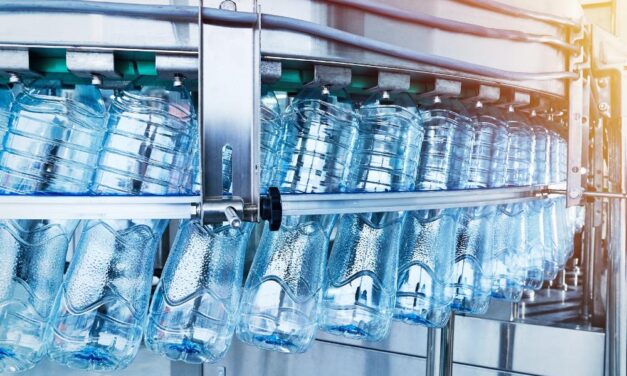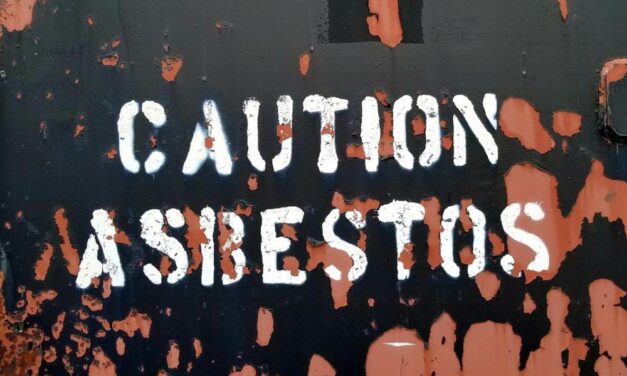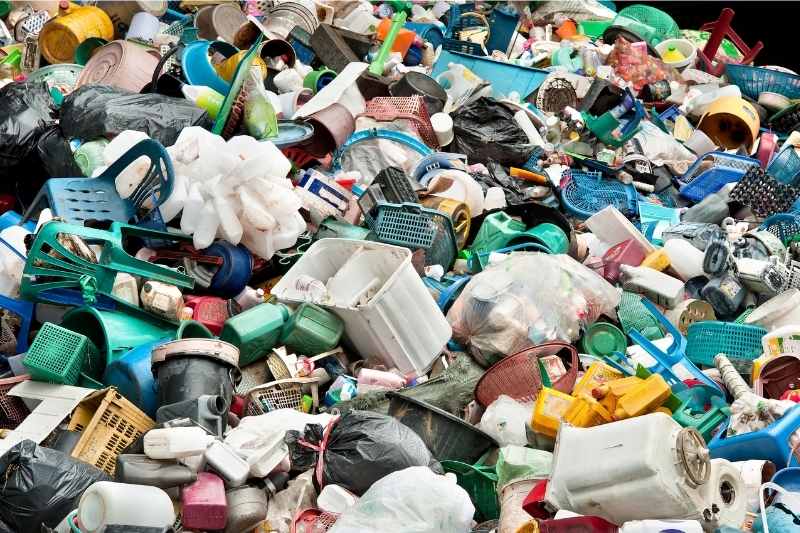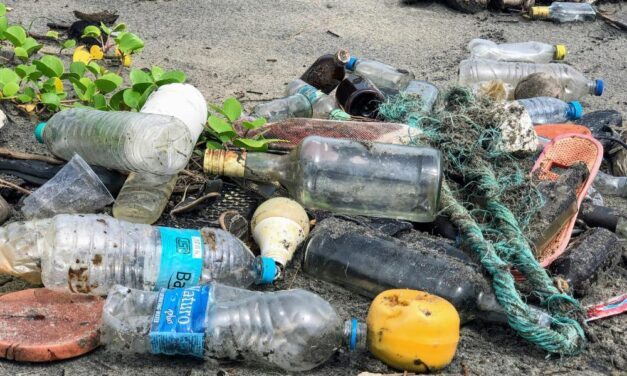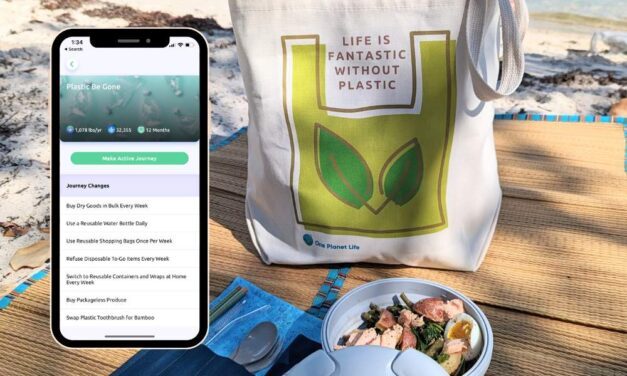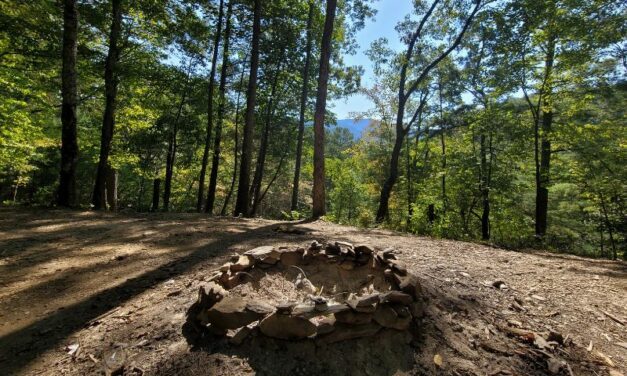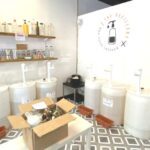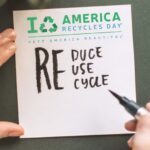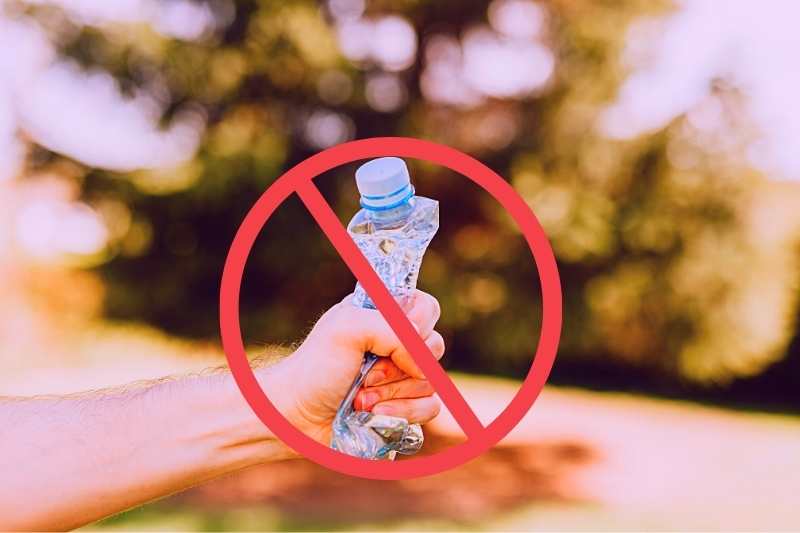Tag: Plastic Pollution
OPL Insight: Plastic Production and Recycling from 1950 to Today
Plastic production has exploded since 1950 but global recycling rates have not. Discover the rise and mismanagement of the world’s plastic.
Read MoreIs Plastic the New Asbestos? Understanding the Impact on Our Environment
The dangers of asbestos are well known, but growing evidence suggests that plastic is another material silently wreaking havoc on our planet.
Read MoreBreak Free from Plastic with OPL’s Plastic Free July Challenge
Plastic is pervasive and never decomposes. This month, join OPL’s Plastic Free July challenge and break free from your plastic dependency.
Read MoreMunicipal Water Systems’ Solutions to the Plastic Pollution Crisis
Rachel Stahlman, president of the Watershed Alliance of York, shares insights into pollution challenges facing municipal water systems.
Read MoreBreakthrough Technologies Give Hope for Cleaner Oceans and Waterways
Plastic pollution has reached alarming levels, posing a significant threat to our well-being. Solutions for cleaner oceans offer hope.
Read MoreHow Microplastics Devastate Health, Disrupt Ecosystems, and Threaten Biodiversity
Learn more about our plastic predicament and how harmful microplastics have become pervasive in the air, the water, and in the foods we eat.
Read MorePlastic Be Gone Eco-Journey Spotlight: Kick the Plastic Habit
This journey encourages you to become aware of the unnecessary plastic in your life and helps you break your plastic habit.
Read MorePacking It Out: Learning More About “Leave No Trace”
Leave No Trace brings attention to the conservation, preservation, and protection of our parks and ecosystems.
Read More

